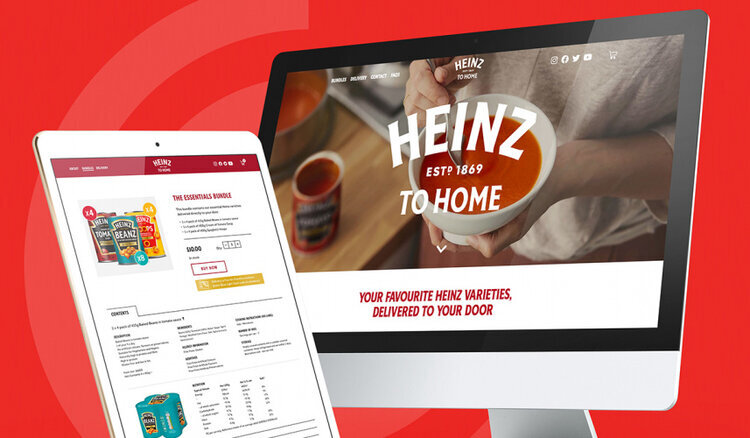COVID-19: The Rise of eCommerce and Proximity Advertising

UK eCommerce amid COVID-19
It’s no surprise that COVID-19 has impacted advertising and the way we shop in a big way.
According to the organisation for Economic Co-operation and Development (OECD), EU internet retail sales in April 2020 increased by 30% compared to April 2019. In the United Kingdom specifically, eCommerce sales rose significantly by 31.3% between the first and second quarter of the year.
A global consumer survey by McKinsey, measuring the adoption of digital and low-touch activities during the COVID-19 crisis, also suggests that the rise of eCommerce was driven by users that had never engaged in these activities before, accounting for 50% of growth. This is a pretty monumental behaviour shift.
The impact of eCommerce on business
Of course, for some, the impact of eCommerce might be temporary. But for others, the rise in eCommerce popularity is likely to have long-lasting effects. For example, many elderly consumers started to engage with eCommerce to keep up with social distancing rules. However, they might in part stick to their newly acquired routines, benefitting from the convenience it brings. Others might continue with online shopping because retailers retain them through loyalty programmes or subscription models.
Let’s face it, it’s not the first time this has happened. Anecdotal evidence from the outbreak of SARS in 2002 and 2003 suggests the epidemic was a core catalyst for the digital transformation of Chinese retail. A great example of this is Alibaba’s business-to-consumer branch Taobab, which was launched in 2003.
So, driven by past precedence and in a bid to future proof business, many forward-thinking brands are also now adapting their marketing tactics (we refuse to use the word ‘pivot’!). From Heinz to Aldi, brands across the marketing spectrum are accelerating their shift to eCommerce in response to the unfolding coronavirus crisis. Most recently Nivea announced a move to launch a direct-to-consumer site to capitalise on the rise of eCommerce driven by COVID-19.
That said, we don’t seem to be giving up on bricks and mortar shops quite yet. Brands are also looking at new ways to engage consumers out of home, to drive them to make in person purchases. Most notable is the shift away from commuter-targeted out-of-home activity to proximity out of home advertising solutions.
The shift to proximity marketing campaigns
Proximity advertising targets potential customers when they’re in a buying mindset and close to your physical location. This creates a highly efficient sales funnel because it reaches consumers when they are “ready to buy”, which arguably carries more weight than frequency or message.
This isn’t just marketing spiel! The data backs it up. A 2019 Nielsen study shows the effect of proximity touchpoints, “Nearly 4 in 10 OOH viewers (39%) have noticed an advertisement providing directions to a specific store, business or restaurant location. 20% of OOH viewers have visited a business immediately after seeing a directional OOH ad; 74% of those visitors made a purchase.”
Conclusion
It’s a crazy new world out there, but one full of exciting opportunities. Agile businesses who are quick to adapt and utilise the digital marketing world are most certainly better set to survive the next few years as we come face to face with the economic fallout caused by a global pandemic.
Find out more. Get in touch today